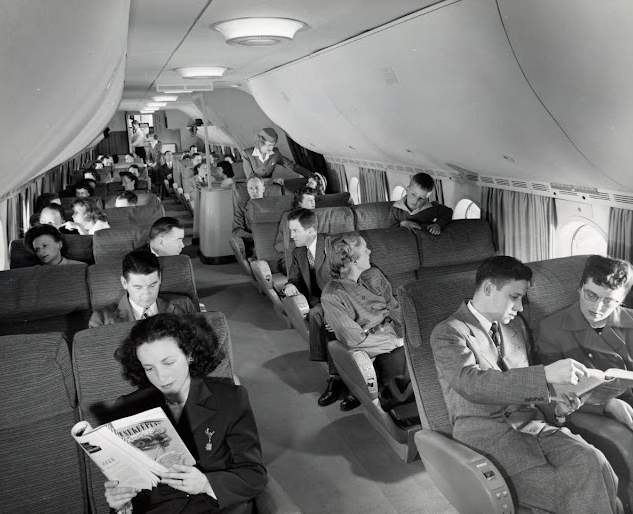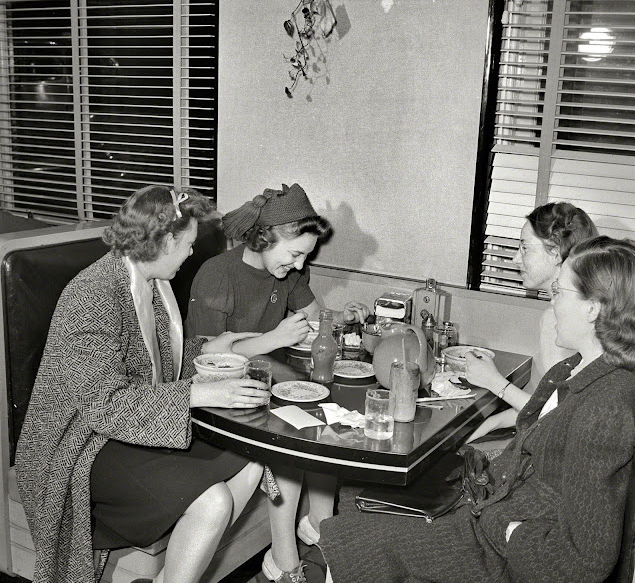In 1956, photographer Gordon Parks traveled to Alabama for LIFE to document the segregated South with writer Robert Wallace. Later that year in September, LIFE published twenty-six of Parks’ photos in the story titled, “The Restraints: Open and Hidden.” The images represent a series of poignant portraits of three families, the Thornton, the Causeys, and the Tanners living separate and unequal lives in the Jim Crow South.

The serene images provided an exceptional account of a nationwide struggle, yet one that remained invisible to many. Parks strove to undo racial stereotypes by providing a positive, complex account of real people. By contrasting the normal activities of daily life – preparing taxes, doing laundry, cooking dinners, cutting timber – with persistent evidence of social inequality, he exposed the damaging effects of racial and economic subjugation on the family’s pride and opportunity.

While twenty-six photographs were eventually published in LIFE and some were exhibited in his lifetime, the bulk of Parks’s assignment was thought to be lost. In 2011, five years after Parks’s death, The Gordon Parks Foundation discovered more than seventy color transparencies at the bottom of an old storage bin marked “Segregation Series” that are published for the first time in “The Segregation Story.”






















